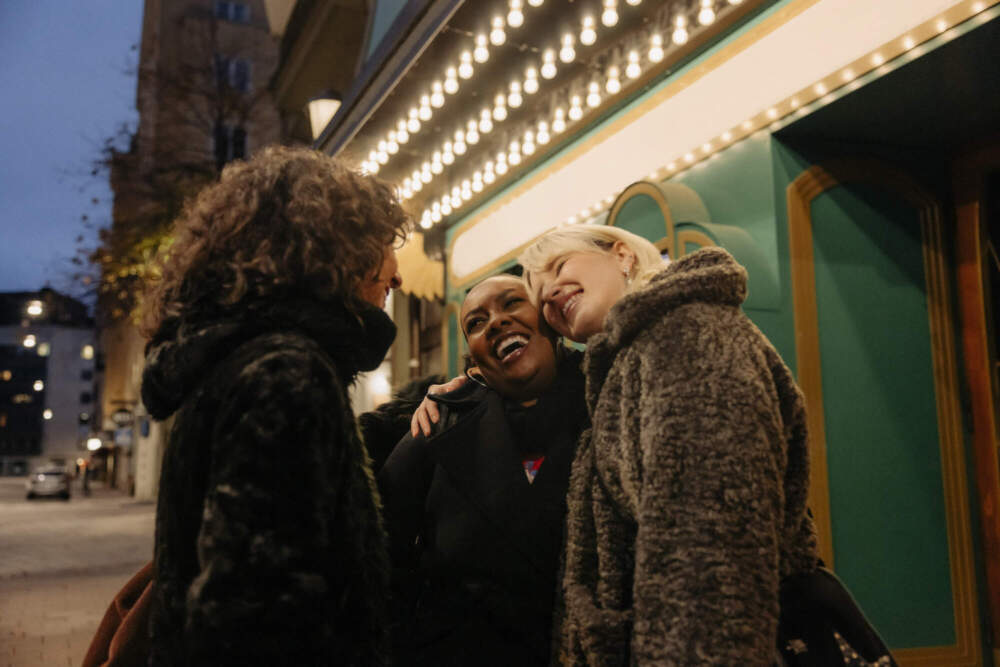Advertisement
Americans don't socialize face-to-face as much as they used to
Resume
Americans on average are on a downward trend in face-to-face socialization.
Social trends in all facets of life have changed in the past 20 years; many remote workers haven’t met their colleagues offline despite working together every day. Much of social communication has moved online too, and friends are more likely to text or call instead of planning a hang-out in person.
The Atlantic’s Derek Thompson says that while COVID-19 exacerbated this trend, it’s been ongoing for almost two decades.
“This is a historical 20-year change, a halving essentially of face-to-face social time among teens,” Thompson says.” But it's really happening for all ages, for all ethnicities, and for all incomes.”
3 questions with The Atlantic’s Derek Thompson
What did American socialization look like before we started to see a decline?
“America was sort of the king of extroversion. Early in its history, certainly in the 1800s, visitors from Europe — most notably people like Alexis de Tocqueville — were astonished at how much Americans seemed to enjoy getting out and hanging out. We constantly were getting out and starting new associations, unions, memberships, clubs, churches, political parties, [and] newspapers.
“In the 1990s, there was a book by the sociologist Robert Putnam called ‘Bowling Alone,’ where he gathered a bunch of statistical evidence to prove that Americans didn't have the same extroverted mojo that they had had, certainly in the middle of the 20th century and before.
“If you thought things were bad when Bob Putnam wrote ‘Bowling Alone,’ my god, things are so much worse now.”
What did you find when you looked into the American Time Use Survey?
“For American adults, we are spending 30% time less doing face-to-face socializing than we did just 20 years ago. For American teenagers, the decline is … just over 45%, so almost 50%.”
What contributed to this decline?
“The government does a lot of different surveys. One is the American Time Use Survey.
“Another is the CDC's youth risk behavior survey, which asks teenagers how happy or sad they are. And as I've written many times for The Atlantic, as I've talked about many times on the show, the share of teenagers who say that they are sad consistently, hopeless persistently, anxious persistently has never been higher.
“Teens and older adults are spending much, much more time by themselves at the exact same time that lots of evidence shows their anxiety and sadness and hopelessness is surging to record highs.”
How do technology and screen time factor in?
“I think you have to look at screen time and cell phones as a major culprit here.
“If you look at, for example, the percent of teens who say they went out with their friends two or more times in the last week between 1975 and 2005, you basically had a very slowly declining line. It's only around 2012-2014 that things really fall off a cliff, and then, of course, during the pandemic, they really accelerate down. This is a 15-year-old trend, really, that we're looking at.
“If you think, ‘what happened that changed the texture of teenage life 15 years ago?,’ it’s ridiculous to not think about screens.
“You look at our built environment, you look to the fact that we have to drive around to see each other, America is not perhaps built optimally for us to spend time face to face.”
Julia Corcoran produced and edited this interview for broadcast with Jill Ryan. Grace Griffin adapted it for the web.
This article was originally published on February 19, 2024.
This segment aired on February 19, 2024.

